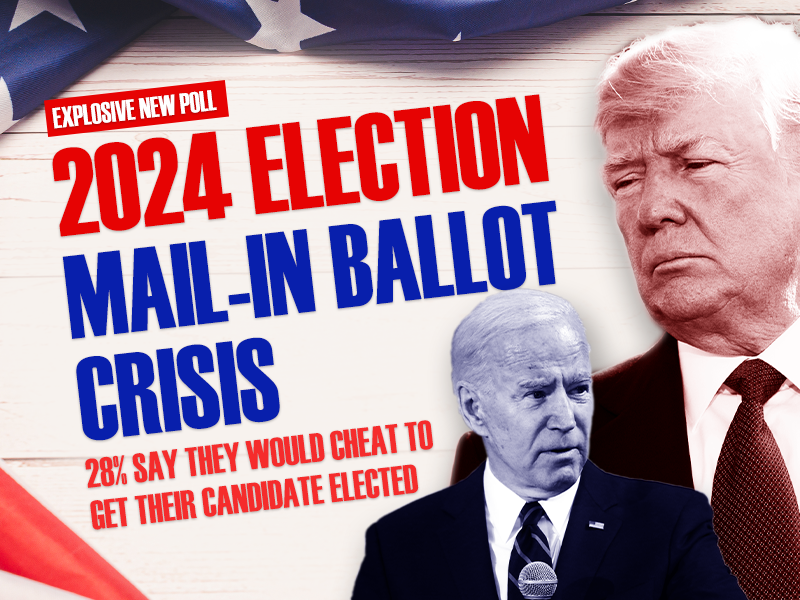Electronic cigarettes have quickly become one of the most popular nicotine replacement products, with the total market expected to hit $1.7 billion this year. E-cigarettes have proven effective at helping smokers reduce their cigarette use or quit altogether and thus are expected to result in significant public health and financial benefits for states.
In a new report from State Budget Solutions, J. Scott Moody writes, “45 states and D.C. stand to gain more from potential Medicaid savings than through lost cigarette tax collections and tobacco settlement payments.” Fifty-one percent of Medicaid recipients smoke, whereas only 21 percent of the general public smokes. Reducing the use of traditional cigarettes among the Medicaid population could save states billions of dollars in health care costs from tobacco smoking-related illnesses.
Moody cites a 2009 study by the Centers for Disease Control and Prevention that found “the potential savings of e-cig adoption, and the resulting tobacco smoking cessation and harm reduction, could have been up to $48 billion in Fiscal Year (FY) 2012.” The total amount of money the states could have saved is higher than all state cigarette tax collections and tobacco settlement money ($24.4 billion) collected by all the states in that year.
According to many in the public health community, e-cigarettes are far safer than combustible cigarettes while offering many smokers the best option to quit. Several studies have found e-cigarettes to be an effective and viable option for smokers seeking a nicotine replacement therapy. The American Association of Public Health Physicians has concluded e-cigarettes “could save the lives of 4 million of the 8 million current adult American smokers who will otherwise die of a tobacco-related illness over the next 20 years.” A 2013 clinical trial in New Zealand showed e-cigarettes are as effective as nicotine patches in helping smokers quit. A study by the French Monitoring Centre for Drugs and Drug Addiction found about 1 percent of France’s total population had quit smoking using an e-vapor product.
Many opponents of e-cigarette use say they act as a “gateway” product to cigarettes, especially for younger users. The evidence, however, shows otherwise. According to HealthDay, in 2013 Theodore Wagener, an assistant professor of general and community pediatrics at the University of Oklahoma Health Sciences Center, studied 1,300 college students with an average age of 19. Only 43 told researchers their first nicotine product was an e-cigarette, and only one of those 43 later switched to traditional cigarettes. In a follow-up survey of these students, most were not using nicotine or tobacco at all.
For decades, legislators have attempted to reduce the negative health and economic impacts of smoking through taxes, bans, and strong regulations. Banning the use of electronic cigarettes in private establishments, in addition to excessive regulation and taxation of these products, is a shortsighted decision ignoring the benefits of e-cigarettes as a nicotine replacement therapy.
States can improve their residents’ health and reduce Medicaid costs by avoiding policies that discourage the adoption and use of e-cigarette products as an alternative to smoking.
The following articles provide more information about electronic cigarettes and efforts to regulate their sale and use.
E-Cigarettes Poised to Save Medicaid Billions
https://heartland.org/policy-documents/e-cigarettes-poised-save-medicaid-billions
In a new report from State Budget Solutions, J. Scott Moody finds e-cigarette use could create significant savings for state governments, especially in their Medicaid programs: “As shown in this study, the potential savings to Medicaid significantly exceeds [sic] the state revenue raised from the cigarette excise tax and tobacco settlement payments by 87%. As such, the rational policy decision is to adopt a non-interventionist stance toward the evolution and adoption of the e-cig until hard evidence proves otherwise.”
E-Cigarettes Are Making Tobacco Obsolete. So Why Ban Them?
http://heartland.org/policy-documents/e-cigarettes-are-making-tobacco-obsolete-so-why-ban-them
Matt Ridley reports vaping works better than any other method of giving up smoking, and he examines several studies reaching that conclusion. Ridley asks why cities are banning vaping products given the evidence of their success in helping smokers quit.
Peering Through the Mist: Systematic Review of What the Chemistry of Contaminants in Electronic Cigarettes Tells Us about Health Risks
http://heartland.org/policy-documents/peering-through-mist-systematic-review-what-chemistry-contaminants-electronic-cig
Electronic cigarettes (e-cigarettes) are generally recognized as a safer alternative to combusted tobacco products, but there are conflicting claims about the degree to which these products warrant concern for the health of the vapers (e-cigarette users). This paper reviews available data on the chemistry of aerosols and liquids of electronic cigarettes and compares modeled exposure of vapers with occupational safety standards.
Secondhand Exposure to Vapors from Electronic Cigarettes
http://heartland.org/policy-documents/secondhand-exposure-vapors-electronic-cigarettes
Electronic cigarettes (commonly referred as e-cigarettes) are designed to generate inhalable nicotine aerosol (vapor). When an e-cigarette user takes a puff, the nicotine solution is heated and the vapor is taken into the lungs. Although no side-stream vapor is generated between puffs, some of the mainstream vapor is exhaled by the e-cigarette user. The aim of this study was to evaluate the secondhand exposure to nicotine and other tobacco-related toxicants from e-cigarettes.
Regulating a Less Unhealthy Cigarette
http://heartland.org/policy-documents/regulating-less-unhealthy-cigarette
Michael L. Marlow of the Cato Institute argues the Food and Drug Administration jeopardizes public health by not developing appropriate benefit-cost analysis of a proposed rule. FDA “anticipates,” without quantifying, substantial benefits from reducing harm by regulating e-cigarettes and non-cigarette tobacco products. FDA also does not adequately assess costs that appear likely from its suppression of the e-cigarette market. The evolving literature on e-cigarettes strongly suggests they help smokers quit smoking.
E-Cigarette Primer for State and Local Lawmakers
http://heartland.org/policy-documents/e-cigarette-primer-state-and-local-lawmakers
Joel Nitzkin provides evidence e-cigarettes work as a tobacco harm reduction modality and reviews the arguments against them. He closes with recommendations for actions state and local lawmakers should and should not consider regarding tobacco harm reduction and e-cigarettes.
Testimony to the Baltimore Judiciary and Legislative Investigations Committee
http://heartland.org/policy-documents/testimony-baltimore-judiciary-and-legislative-investigations-committee
Gregory Conley testified before the Baltimore Judiciary and Legislative Investigations Committee on vapor products. He concludes e-cigarette bans “have no basis in toxicology and allowing private businesses to make their own choices on the matter is the best policy at the present time. If usage bans are to be enacted, they should recognize the difference between traditional cigarettes and vapor products by, for example, permitting usage in adult-only establishments.”
Research & Commentary: Electronic Cigarettes
http://heartland.org/policy-documents/research-commentary-electronic-cigarettes
Heartland Institute Senior Policy Analyst Matthew Glans examines electronic cigarettes, tobacco harm reduction, and various proposals to regulate e-cigarette use. E-cigarettes have become one of the most popular nicotine replacement products and a key building block in tobacco harm reduction strategies.
Studies Show E-Cigarettes Help Smokers Quit
http://heartland.org/policy-documents/studies-show-e-cigarettes-help-smokers-quit
For years, advocates of smoke-free alternatives, such as electronic cigarettes and other e-vapor products, have known these products are effective at helping smokers quit or dramatically reduce their cigarette consumption. Gregory Conley examines several studies showing the value of vapor products in smoking cessation.
Nothing in this Research & Commentary is intended to influence the passage of legislation, and it does not necessarily represent the views of The Heartland Institute. For further information on this subject, visit Budget & Tax News at https://heartland.org/publications-resources/newsletters/budget-tax-news, The Heartland Institute’s website at http://heartland.org, and PolicyBot, Heartland’s free online research database at www.policybot.org.
The Heartland Institute can send an expert to your state to testify or brief your caucus; host an event in your state; or send you further information on a topic. Please don’t hesitate to contact us if we can be of assistance! If you have any questions or comments, contact John Nothdurft, Heartland’s director of government relations, at [email protected] or 312/377-4000.



